Introduction
Apple recently unveiled the new Mac Studio M4, raising questions about who truly needs the immense computing power packed into this compact device. Although impressive, the necessity of such performance remains debatable for typical users.
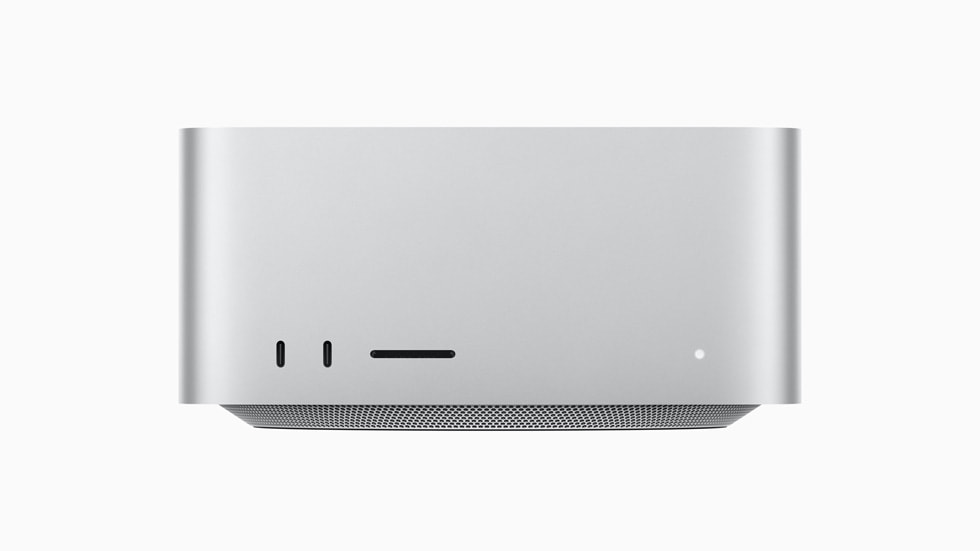
Design: Compact Powerhouse
The new Mac Studio maintains its familiar minimalist design, unchanged externally but refined internally. The small form factor is especially advantageous, saving desktop space and minimizing clutter.
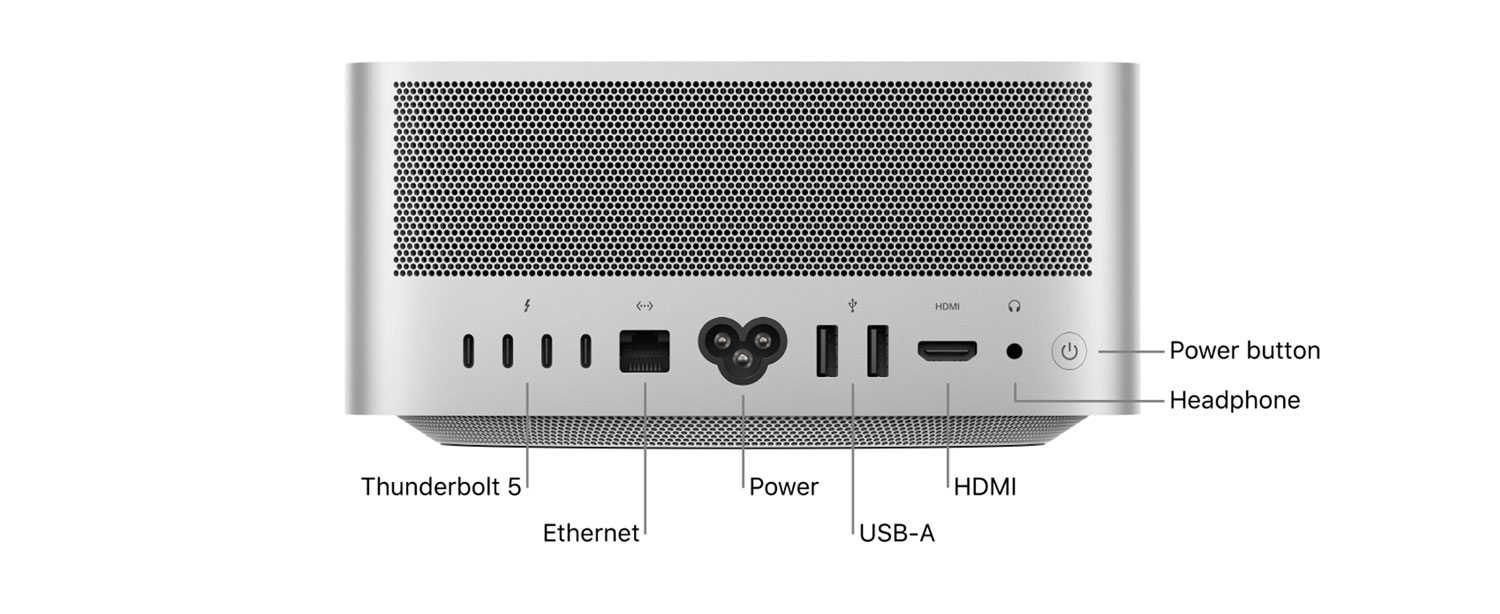
Performance Upgrades: Inside Improvements
The significant upgrades lie within, notably the introduction of two powerful chip options: the M4 Max and M3 Ultra. Additionally, Thunderbolt 5 connectivity enhances the device’s capability, perfect for demanding tasks.

M4 Max: Targeting Creative and Tech Professionals
The M4 Max chip, found in the high-end MacBook Pro, provides exceptional performance with up to 16 CPU cores, 40 GPU cores, and up to 128GB unified memory. Ideal users include video editors handling high-resolution projects, 3D artists needing rapid ray tracing, professional music producers, and AI developers.
M3 Ultra: The Ultimate Powerhouse
Interestingly, the M3 Ultra, despite its seemingly lower numerical naming, offers superior performance compared to the M4 Max. With up to 32 CPU cores, 80 GPU cores, a maximum of 512GB unified memory, and a staggering 16TB storage capacity, it’s tailored for professionals working with 8K+ video editing, real-time 3D rendering, and extensive data analysis.
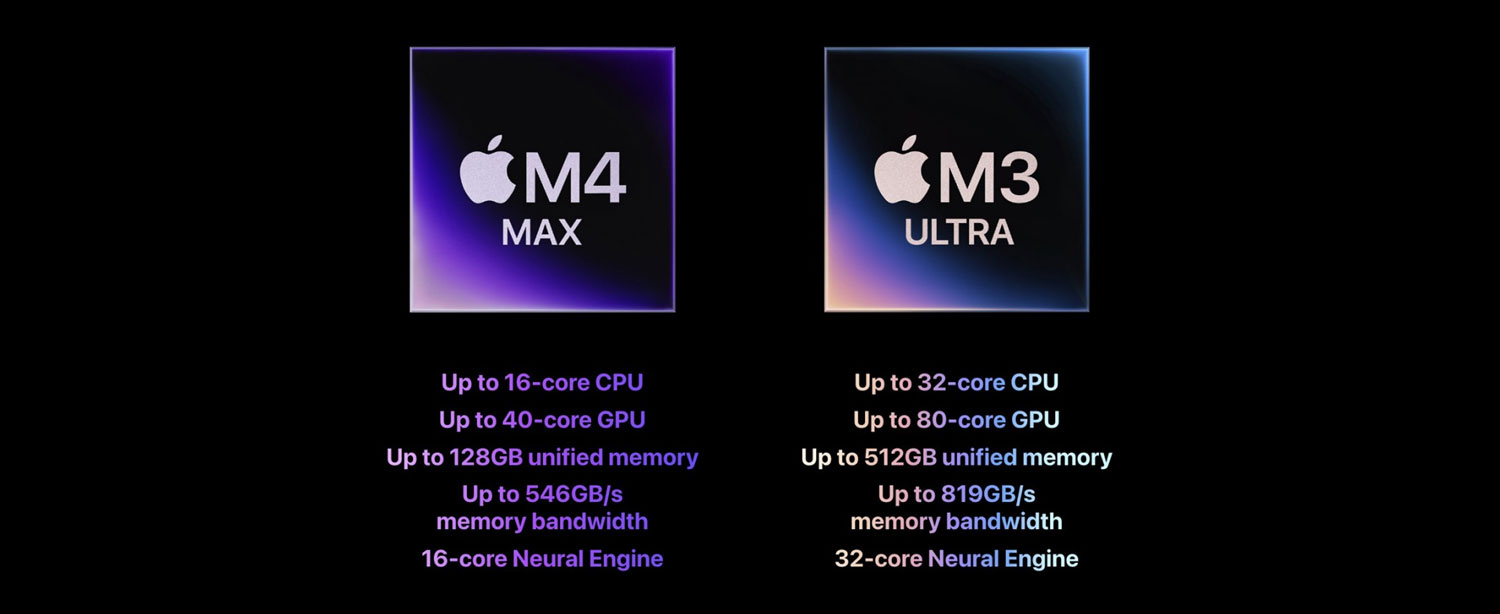
Who Should Buy?
- M4 Max: Suitable for creators and tech professionals requiring significant but balanced performance.
- M3 Ultra: Designed explicitly for high-end professionals engaging in complex, memory-intensive projects and workflows.
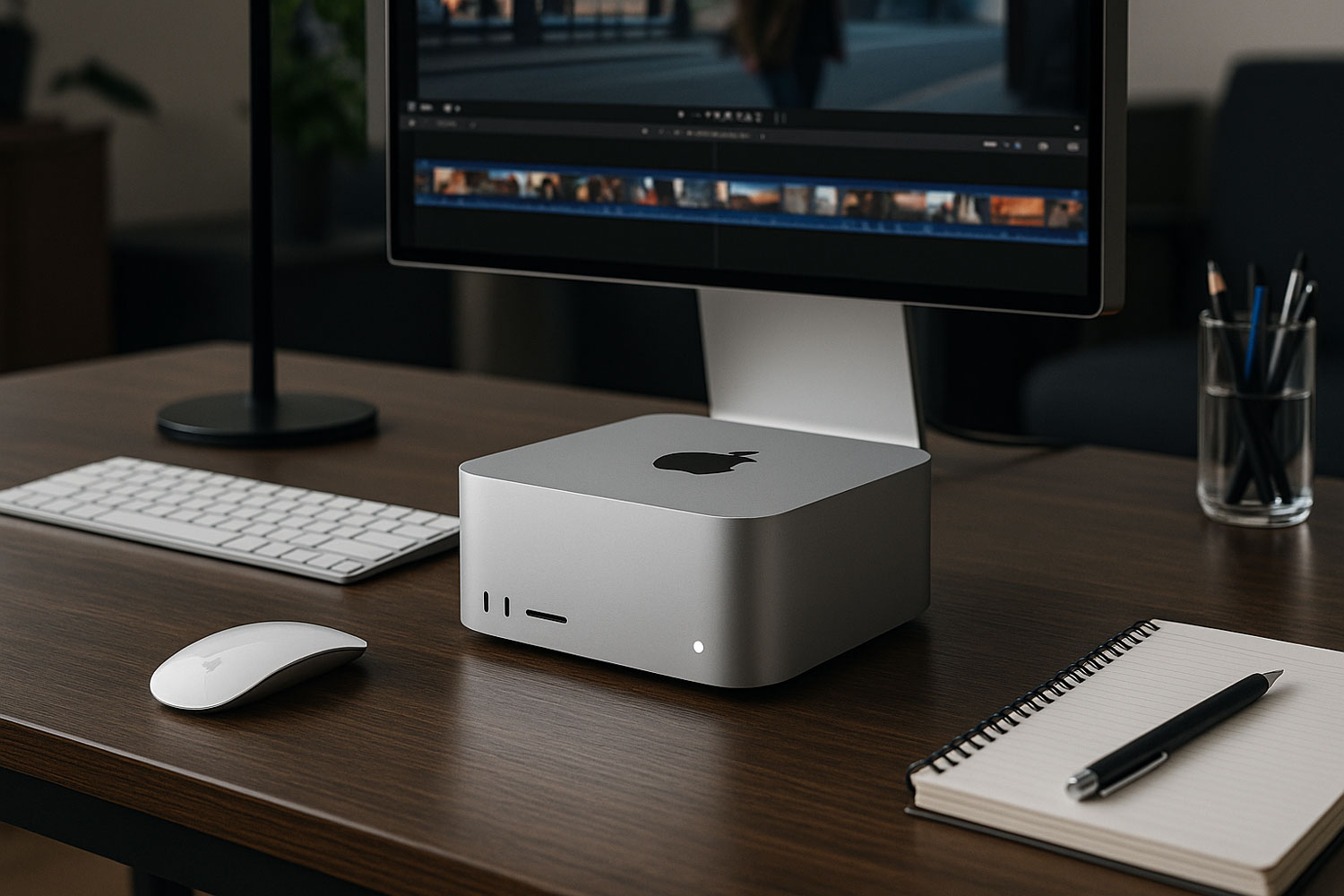
Final Thoughts
While most users might find the Mac Studio M4’s power excessive, Apple has correctly identified and addressed niche markets where such performance genuinely matters. This makes it an essential tool for specialized professionals, justifying its premium price.
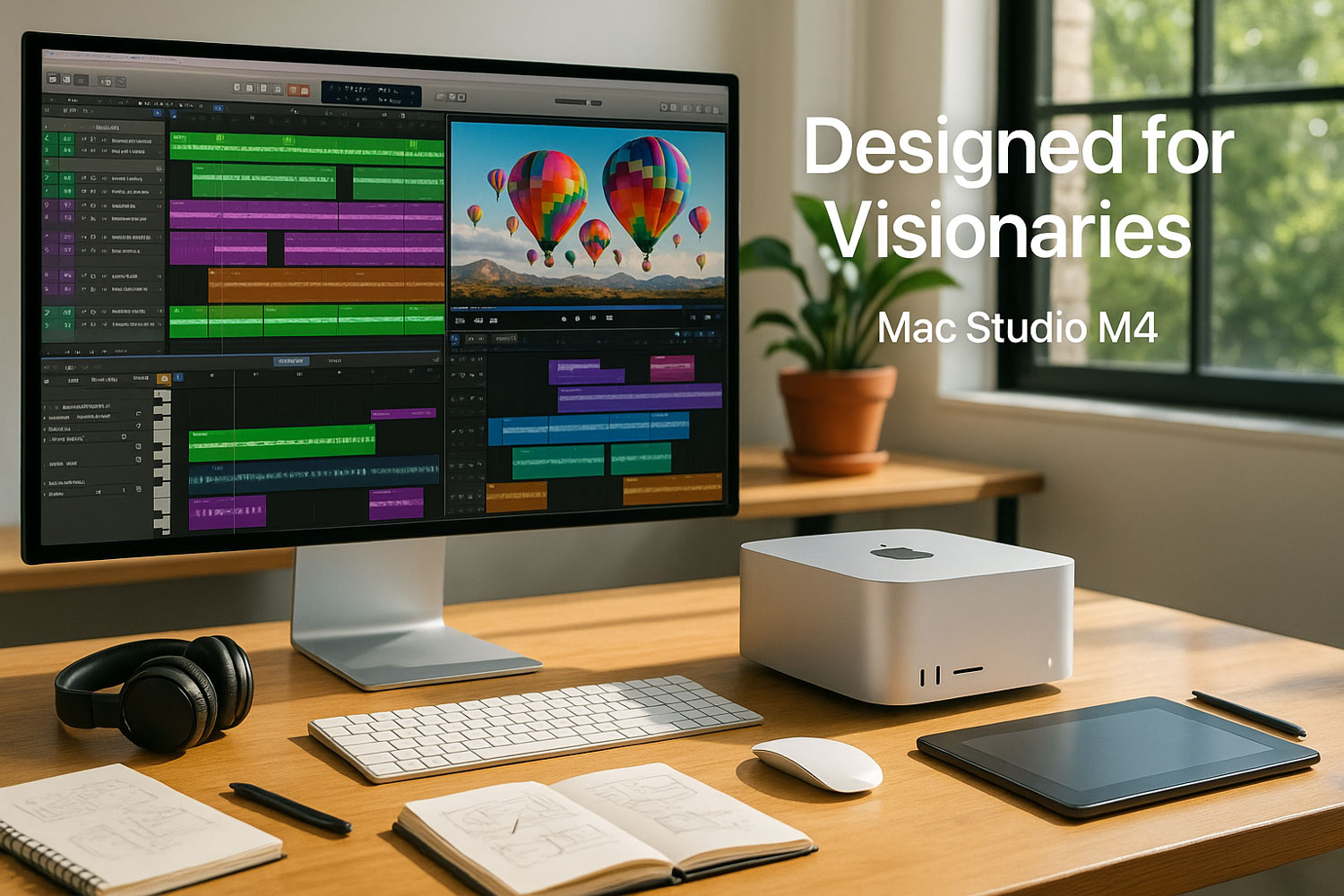

 FoxDoo Technology
FoxDoo Technology







